How to Create Soft Lighting in Any Room (DIY Guide)
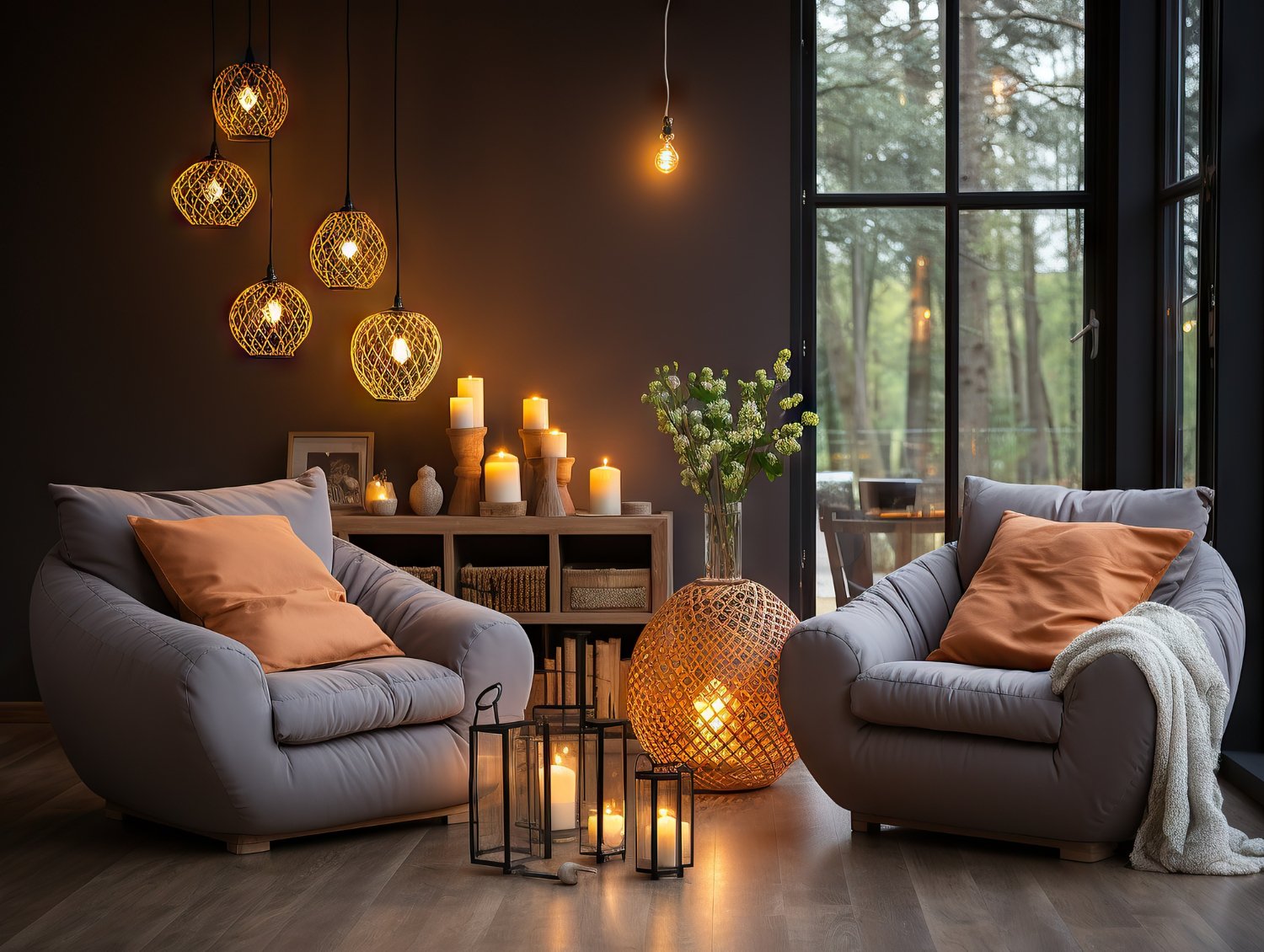
Proper lighting can turn your home from a regular living space into a cozy and inviting sanctuary. Gentle lighting provides ambiance and can reduce eye strain, giving a warm atmosphere to any room. For dinner parties or for winding down after a long day, the soft glow emanating from well-placed lights can totally transform how it feels to be in a room.
A lot of home owners deal with harsh, unflattering overhead lights that cast hideous shadows in addition to provide off a medical feel. The good news? You don’t need expensive renovations or professional help to get the soft lighting you want. With a couple of easy techniques and an open-minded approach, you can have that dreamy warm-diffused glow throughout your whole house.
Understanding Soft Lighting
Soft lighting is all about gentle and evenly distributed light in a room. Rather than illuminate harsh lines and shadows, soft lighting casts a warm glow across faces and adds color to drabness for an atmosphere that is relaxed.
Let’s take a look at the key elements of soft lighting:
- Even distribution without harsh shadows
- Warm color temperature (usually 2700K-3000K)
- Lighting installed at several heights
- Scattered -or reflected- light, not direct rays
Soft vs. Hard Lighting
Hard lighting is created from a single source of light, unobstructed — say, exposed overhead bulbs or sunlight streaming directly through windows. This lighting provides high contrast and sharp shadows, and often feels unnatural or dry.
Soft lighting, in contrast, is filtered, bounced or diffused before it enters your eyes. It wraps itself around subjects softly, avoids harsh shadows, and provides depth sans melodrama.
Sources of Soft Lighting
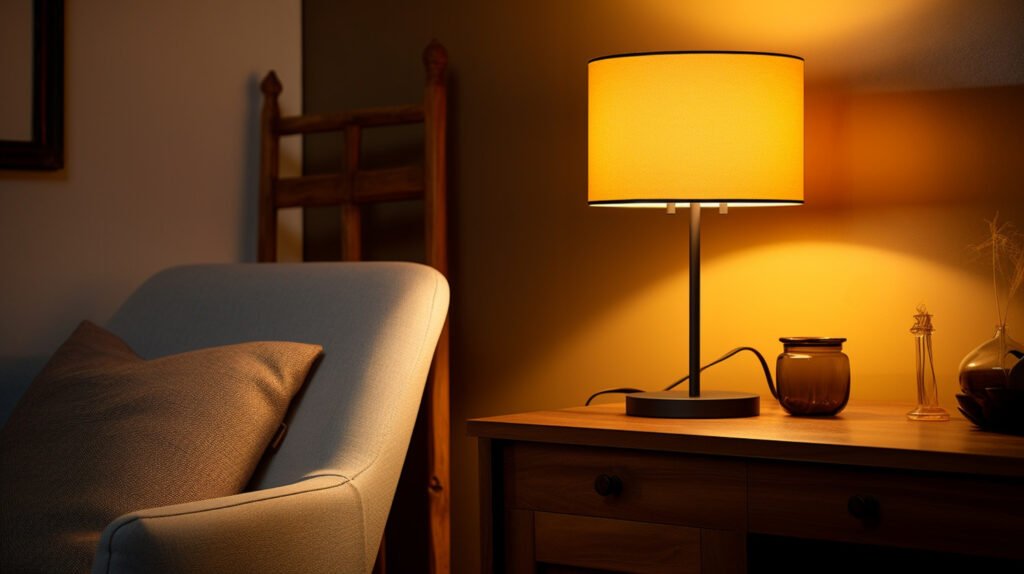
Natural Light
The most beautiful soft natural light is diffused sunlight. North windows provide a steady soft light all day, east and west for parts of the time. You may also use sheer curtains, frosted window film or light-filtering blinds to soften harsh bright sunlight.
Artificial Light Sources
Here are Color smith’s favorite artificial lighting options for flattering soft light:
- Table lighting with fabric or paper swatches
- Floor lamps with upward-facing bulbs
- LED strips concealed behind furniture or architectural details
- Pendant lights with diffuser covers
- Wall mounted fixtures (place with light up or against the wall)
Techniques for Achieving Soft Lighting
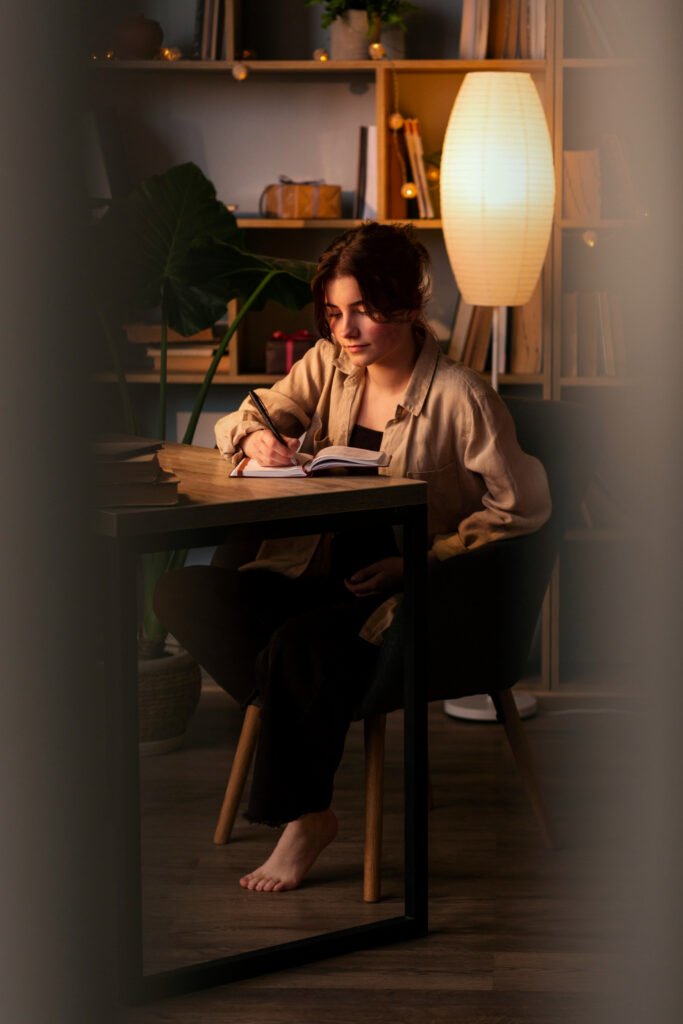
Diffusing Light Sources
The easiest way to take the edge off harsh light is to put something between the light source and the room. Soft warm fabric, paper or frosted lampshades are ideal for this. Diffusors, or frosted light bulb covers — or even tissue paper (its use applied safely) will soften direct bulbs.
Bouncing Light Off Surfaces
Rather than shining lights directly into rooms, point them at walls, ceilings or other surfaces. This method, known as bounce lighting, produces indirect light that is pleasing and feels very natural. Torchiere floor lamps with lights that face upward are great for this, as they reflect light off the ceiling to distribute even overhead lighting.
Layering Light Sources
Professional designers almost never use one light source. Instead they incorporate ambient (actually most use general room lighting), task (for specific activities) and accent (for decoration or highlighting features). This adds depth and you can vary the mood by turning on and off different lights.
Choosing the Right Bulbs

Color Temperature
Color temperature has a huge impact on how soft and welcoming your light feels. Lower numbers (in Kelvin) give off warmer, more yellow light; higher numbers produce cooler, bluer light.
For soft lighting, stick to:
- 2200K-2700K: Very warm, candle-like glow
- 2700K-3000K: Warm white, most suitable for living areas
- 3000K-3500K: Neutral warm, used in kitchens and bathrooms
Steer clear of anything over 4000K in living spaces, as it will read as harsh and clinical, rather than soft and welcoming.
Brightness Levels
Lumens refer to the actual amount of light coming from a bulb, and selecting one with just the right level can help avoid too-dim or too-powerful soft lighting. For ambient lighting, aim for:
- Living rooms: 1,500-3,000 lumens total
- Bedrooms: 1,000-2,000 lumens total
- Bathrooms: 4,000-8,000 lumens total
- Kitchens: 5,000-10,000 lumens total
These totals should come from more than one source, not just a bright light.
Types of Bulbs
For soft lighting, LED bulbs make the best trifecta of energy efficiency, long life and light quality. Seek out LED bulbs that are labeled “warm” or have lower color temperatures. And a lot of new LEDs can dim, providing you even more control over the mood.
Incandescent light bulbs, meanwhile, generate warm, soft light naturally but consume far more power. Halogen bulbs are somewhere in between LED and incandescent when it comes to efficiency and light quality.
Room-by-Room Guide
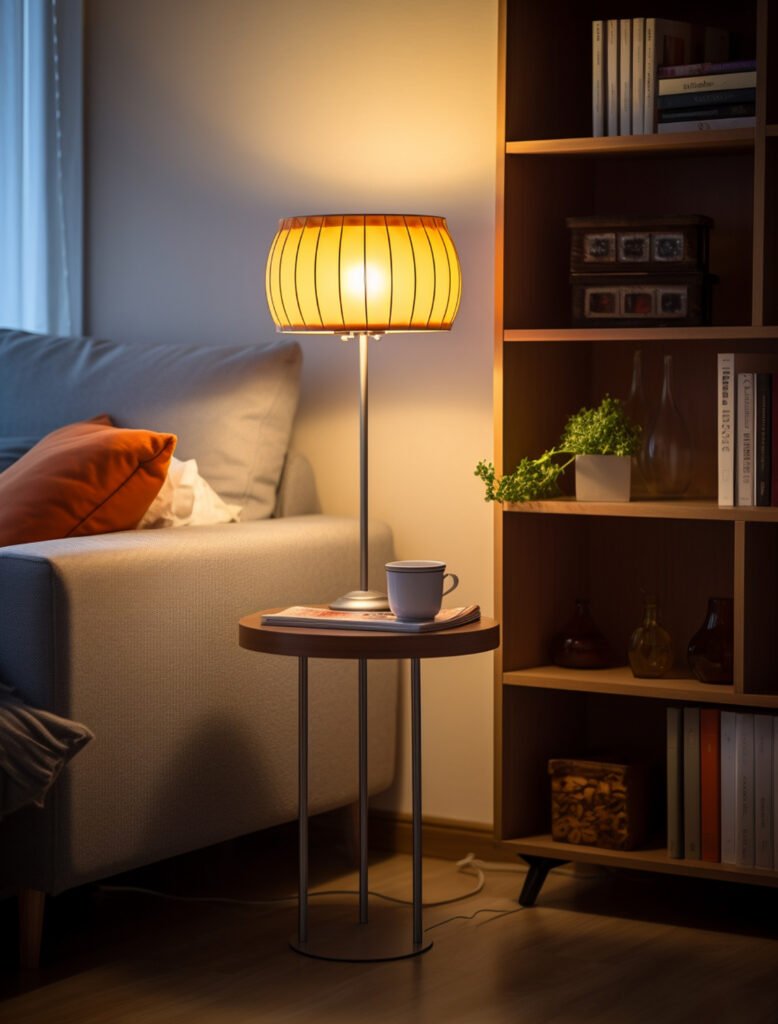
Living Room
Layer three levels of lighting: ambient (overhead or big floor lamps), task (reading lights) and accent (decorative table lamps, LED strips). Invest in lighting for the corners to get rid of those dark spots and use warm bulbs between 2700K-3000K. How about dimmer switches, to change the lighting depending on what’s going on or the time of day?
Bedroom
Just concentrate on setting a mood with warm, soft light. Because bedside table lamps offer ideal task lighting for reading and a softer overhead light or floor lamp addresses ambient needs. “It also helps to prevent those upstairs lights, especially over the bed, from being overly bright so your body can prepare for sleep.”
Bathroom
Functional lighting is essential in the bathroom, but it doesn’t have to look strictly utilitarian. Mount vanity lights on the sides of the mirror instead of on top to avoid shadows cast across your face. Apply the frosted covers or shades to achieve light diffusion, and consider a separate softer light at night.
Kitchen
In a kitchen, strong task light is necessary for safety while cooking; however you can achieve softness via diffusion and layering. Under-cabinet LED strips are great for task lighting, while pendant lights over islands can serve multiple purposes — as long as you choose the right shade and a bright bulb.
DIY Soft Lighting Projects
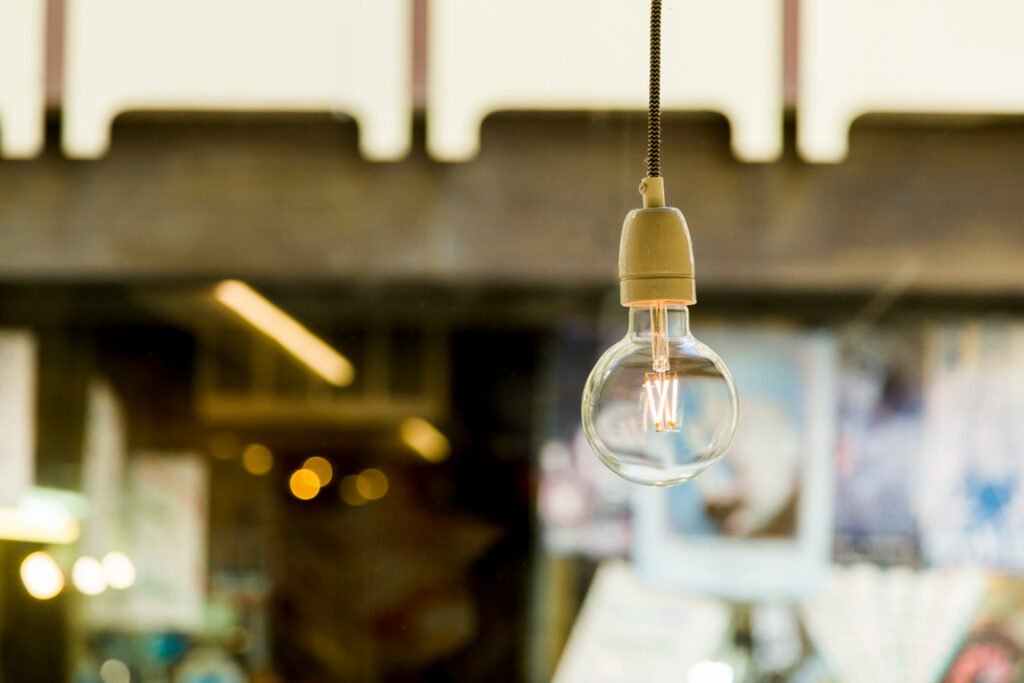
Creating a Simple Light Diffuser
Turn unflattering spotlights or bulbs into attractive lights with custom diffusers. Cut frosted contact paper to size over light fixtures or sew simple fabric covers for lampshades. Wax paper is an alternative for a diffuser on crafting projects or parties.
Making a Rice Paper Lampshade
(The light diffusion you get with rice paper is lovely.) Make cylindrical (or otherwise shaped) lampshades cropping rice paper and sticking with double-sided tape or glue for example. Insert wooden or wire frames for support and strength.
Common Mistakes to Avoid
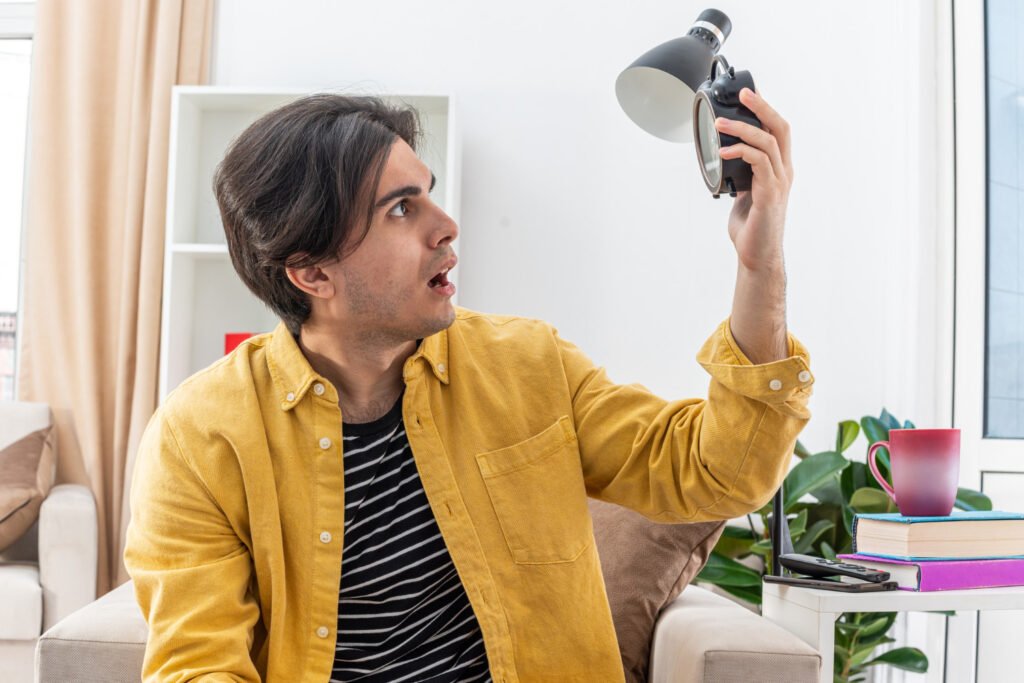
Using Only Overhead Lighting
If the only source of light in a room comes from overhead fixtures, it will look unattractive and cold because the light is aimed downward with shadows under the eyes, nose and chin. Always be sure to supplement overhead lights with lamps at various levels around the room.
Ignoring Color Temperature Consistency
Intermingling bulbs of greatly varying color temperature can be uncomfortable or create a feeling of disharmony. Keep to bubs of similar temperature throughout connected rooms.
Having All Lights in the Same Level
If all of the light sources are all at eye-level there are no opportunities to create depth and either overcomes or removes shadow. Change heights of sources with floor lamps, table lamps and wallmounted fixtures.
Make Your Space Brighter With Better Lighting
Soft lighting changes just about any room from cold and unwelcoming to warm and inviting. Begin in one room and try different methods — diffusing natural light, supplementing with table lamps or putting dimmer switches on your list. Notice what various strategies do to the mood and functionality of the room.
Just keep in mind that good lighting is very rarely the story of one perfect fixture. “I always say, you layer sources.” Source by source, select warm bulbs, and don’t be shy about moving and trying things out until the mix feels just right for your space and lifestyle.
